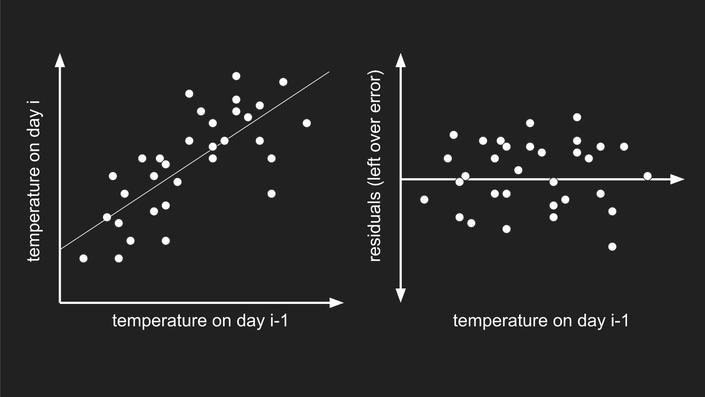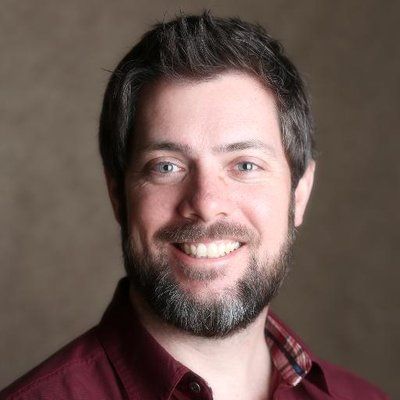
212. Time-Series Analysis
Build your own weather predictor
Welcome!
You can enroll below or, better yet, unlock the entire End-to-End Machine Learning Course Catalog for 9 USD per month.
In this course, we'll walk through every step of making your own weather predictor. We'll find weather data, explore it and get it in order. We'll use deseasonalization and linear regression to predict temperatures at the beach. We'll use autoregression and confidence intervals to guide our feature selection and apply our results. And we'll code the whole thing up from scratch in python and organize it to be easy to read and easy to extend.
When you're done, you'll have a standalone weather predictor that can estimate high temperatures three days from now. You'll also have hands-on experience solving a real word data science problem from end to end.
"I have started with the basics and able to understand end to end. Thanks for giving a clean and clear concept to build a weather forecasting app. " - N. Ranjan
"I really liked the end-to-end nature of the course, in that it covered all of the necessary steps for a complete data science project. " - B C
"Builds your fundamental skills on how to approach solving a problem. Step by step from refining the question, to sourcing and cleaning the data, checking assumptions and building a model & re-usable code to get answers. " - A. Kamp
"Mr. Rohrer underscores the importance of visually inspecting both raw
and reduced data for patterns which either expose problems with the raw
data from source or with problems in reduced data due to coding errors.
He also instills in the student the importance of having a sense of
proportion when looking at the patterns and numbers....
" - SB Jones
"I have tried many courses online, maybe they do cover a lot of machine learning techniques but this one is one of the best once, first of all it take a real example and go directly to the point. " - M Fahmi
Your Instructor

I love solving puzzles and building things. Machine learning lets me do both. I got started by studying robotics and human rehabilitation at MIT (MS '99, PhD '02), moved on to machine vision and machine learning at Sandia National Laboratories, then to predictive modeling of agriculture DuPont Pioneer, and cloud data science at Microsoft. At Facebook I worked to get internet and electrical power to those in the world who don't have it, using deep learning and satellite imagery and to do a better job identifying topics reliably in unstructured text. Now at iRobot I work to help robots get better and better at doing their jobs. In my spare time I like to rock climb, write robot learning algorithms, and go on walks with my wife and our dog, Reign of Terror.